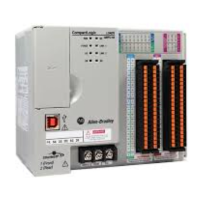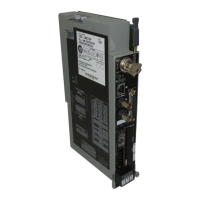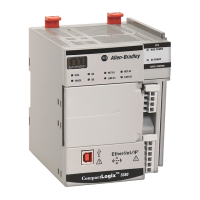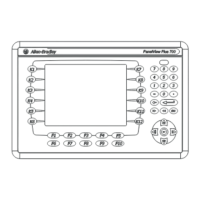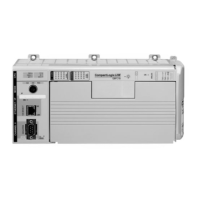70 Rockwell Automation Publication 1756-RM100F-EN-P - October 2018
Chapter 3 Replacement Considerations with CompactLogix and Compact GuardLogix Systems
Communication Throughput
Unlike 5370 controllers, which shares its main core between application code
and communications, the 5380 controllers run communications
asynchronously from the user application.
This implementation provides better communications throughput in both the
bandwidth and speed of data the 5380 controller can deliver to and from, for
example, HMIs, Historians, and MES systems. It also improves the overall
application performance as the controller no longer has to task switch and
pause application execution to handle HMI or other class 3 traffic.
Because the controller runs communications asynchronously to the
application, make sure communications that are delivered to the controller are
complete before the application executes on the newly delivered data. This
practice applies to both data that comes into the controller and data that
goes out.
For example, if the HMI is writing a large block of recipe data to the controller,
application code can start executing on that recipe data before the data writing
process finishes. This action results in half of the current recipe and half of the
last recipe in the application space.
Traditionally, programmers have used the following techniques to control the
effects of asynchronous communications:
•UID/UIE pairs
•Periodic tasks
•Moving data with CPS instructions
The techniques all rely on controlling when the main core can switch tasks,
thus helping to prevent the communications task from changing data while the
control task used it. Because the 5380 controller processes communications on
an independent core of the CPU, then UID/UIE pairs and Periodic Tasks are
not as effective in all cases.
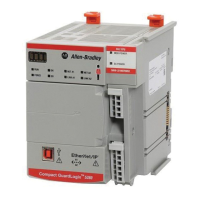
